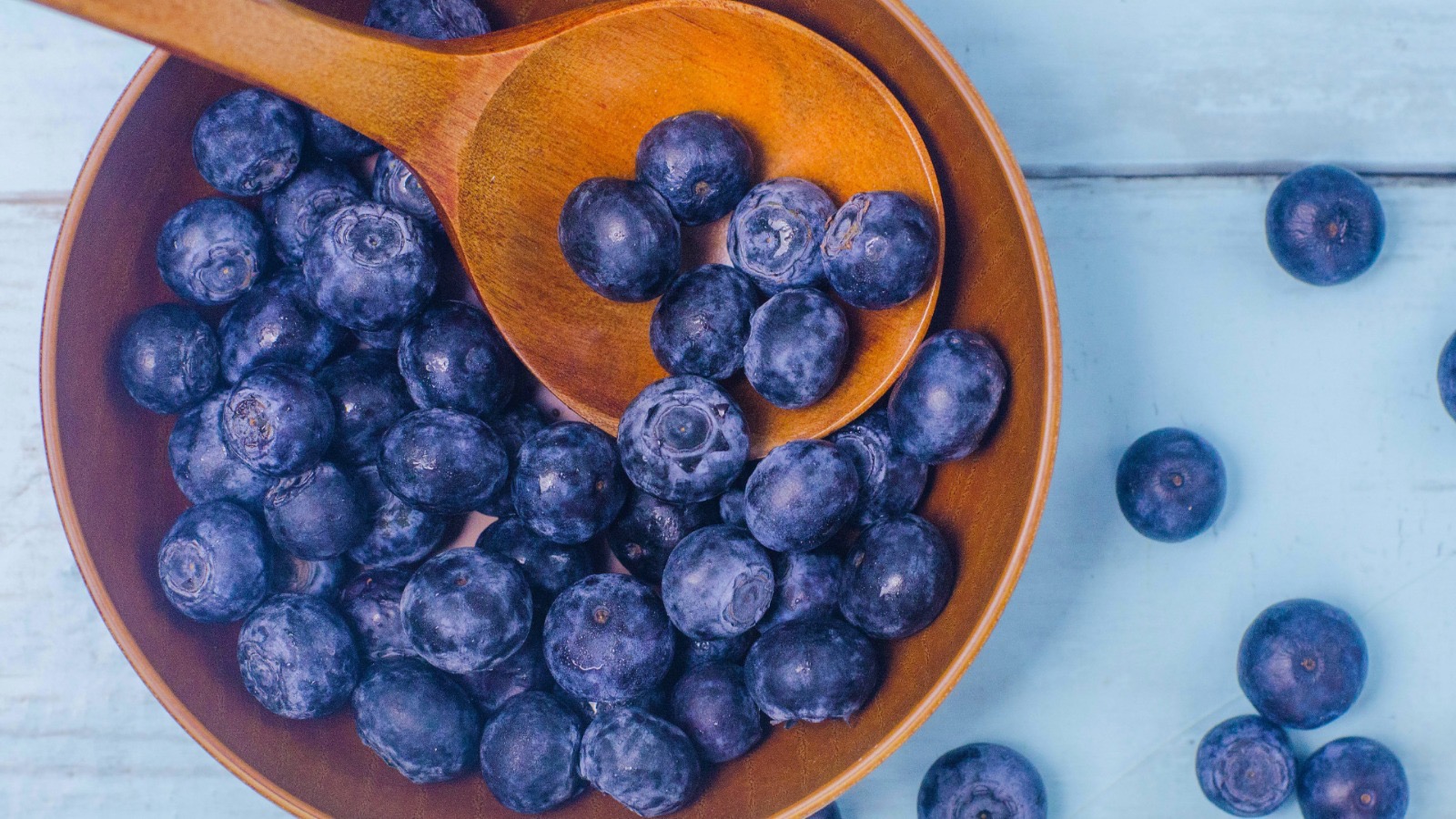-
£19.99

Raw Feeding: How to Balance an 80:10:10
- July 21, 2023
- 5 mins 10 secs
At My Pet Nutritionist we are all about feeding your dogs the freshest, most natural diets, whether that’s raw feeding, or cooked food; this article explains how to balance a raw diet properly. We will also discuss the nutrients which are commonly lacking in a raw diet.
Different proteins offer different nutrient profiles, which means feeding a variety gives a broader intake of micronutrients, including vitamins and minerals. Let’s take a look at what some of the popular options provide!
There are other options also available, including a variety of other fish products. We will touch on some fish products in the next section!
Cell membranes are partly formed by omegas, and heart and brain health are largely down to omega content in the diet, as well as puppy development, joint and skin health, and weight management. Let’s discuss the different types of omega!
Here’s where the words get long… thankfully we abbreviate them!
Omega-3 Fatty Acids CANNOT be produced by the body as they are polyunsaturated. There are three Omega-3 fats:
Omega-3 is ANTI-INFLAMMATORY.
Omega-6 Fatty Acids are polyunsaturated and also include three different acids – the body can only produce 2 of these.
Omega-6 is INFLAMMATORY (apart from GLA).
Sources of omega 3 include:
It’s very important to ensure there’s plenty of omega in the diet!
Findings Here
Findings Here
Polyphenols help regulate metabolism, help maintain a healthy weight, help regulate and reduce the risk of chronic disease, and also aids the replication of cells within the body. Keeping the body free from chronic disease, at a healthy weight, and with a good metabolic rate may aid longevity!
Findings Here
Phytonutrients are essential for immune system modulation which helps keep various diseases at bay. Phytonutrients are thought to help prevent chronic disease such as cancer and diabetes, as well as supporting joints, digestive health, circadian rhythms (sleep patterns), and brain development.
Findings Here
Findings Here
Findings Here
Antioxidants also aid longevity by destroying free radicals in the body. Free radicals form during oxidisation, and are unstable atoms which damage cells in the body and lead to ageing. Destroying the free radicals slows the process of ageing due to lack of damage to the cells in the body.
Findings Here
Fruits and Vegetables are also full of vitamins and minerals so can really boost an 80:10:10 meal!
Some examples of suitable plant matter include:
Up to 10% of the weight of the portion of raw meat can be added! It’s a good idea to lightly steam and/or blend vegetables before feeding, to make them more bioavailable, by breaking down the cellulose cell wall.
Zinc (essential for cell growth, DNA replication, tissue healing, and immune support) can be found most plentifully in pumpkin seeds, eggs, prawns (cooked), spinach, red meats, and hemp hearts and wheatgrass.
Copper (essential for immune support, nervous system health, red blood cell production, and formation of collagen for health skin and joints) can be found in offal, prawns (cooked), mussels (cooked), wheatgrass, seeds and nuts (avoiding peanuts and macadamia nuts) and mushrooms.
Magnesium (essential for nervous system health, protein synthesis, regulation of blood pressure, and control of blood glucose levels) is found in leafy green vegetables, pumpkin seeds, almonds, banana, avocado flesh, and fish.
Manganese (essential as part of the enzyme system which breaks down cholesterol, protein and carbohydrates. It also plays a huge role in immune and skeletal health, as well as blood clotting after trauma) can be sought in shellfish, wheatgrass, nuts (hazelnuts and pecans are great sources), and leafy green vegetables.
Vitamin D (helps regulate the amount of phosphorus and calcium in the body, keeping bones and muscles healthy) can be found in egg yolk, oily fish, and liver.
Vitamin E (essential for immune support, as well as eye and skin health) is found in wheatgerm, wheatgrass, sunflower seeds, almonds, leafy green vegetables, pumpkin, red bell peppers, and avocado flesh.
We hope this blog has helped you understand how to properly balance an 80:10:10! Be sure to check out our Ultimate Guide to Raw Feeding, and of course, if you require tailored help for your pet, please don’t hesitate to contact us, and book a consultation with one of our team.
Team MPN x
Feed a Variety of Proteins
Feeding a variety of proteins (meats) is a huge part of balancing your dog’s raw diet. Of course, if your dog is suffering with allergies, and is either on an elimination diet, or limited to a few proteins, this is fine as it’s the best you can do! If your dog is not known to suffer with itchiness or allergies, then feeding as many proteins as possible in your dog’s rotation, is very beneficial. This can be over the course of a week to a month.Different proteins offer different nutrient profiles, which means feeding a variety gives a broader intake of micronutrients, including vitamins and minerals. Let’s take a look at what some of the popular options provide!
- Chicken: provides high amounts of Vitamin B3 and B12, Selenium, Zinc, Magnesium, Phosphorus, and Biotin.
- Turkey: rich in Vitamin B6 and B12, Choline, Selenium, Magnesium, and Phosphorus.
- Beef: great source of Iron, Vitamins B2, B3,B6 and B12, Magnesium, Calcium, Copper, and Zinc.
- Lamb: Source of Iron, Vitamins B3 and B12, Selenium, and Phosphorus.
- Duck: Great source of Iron, Selenium and Vitamins B3, B12 and C.
- Pork: High in various B Vitamins, Zinc, Iron and Phosphorus.
- Venison: provides Zinc, Phosphorus, Iron, Selenium, a variety of B Vitamins, as well as a small amount of Vitamin E.
- Rabbit: high in Sodium, Calcium, Phosphorus, and Magnesium.
- Goat: source of Calcium, Sodium, Phosphorus, Potassium and Magnesium.
- Salmon: high in Vitamins A, B6, B12 and D, Iodine, Copper, Calcium, Magnesium, and Sodium.
There are other options also available, including a variety of other fish products. We will touch on some fish products in the next section!
Add in Some Omegas
Omegas are essential fatty acids – omega 3 and 6 are the important ones! Omega 3 is anti-inflammatory, whereas omega 6 is inflammatory. Our pets’ meat based diets are naturally high in omega 6, so its important to get plenty of omega 3 into the diet!Cell membranes are partly formed by omegas, and heart and brain health are largely down to omega content in the diet, as well as puppy development, joint and skin health, and weight management. Let’s discuss the different types of omega!
Here’s where the words get long… thankfully we abbreviate them!
Omega-3 Fatty Acids CANNOT be produced by the body as they are polyunsaturated. There are three Omega-3 fats:
- Eicosapentaenoic Acid (EPA): found in fatty fish and fish oils, as well as many algal oils. Helps reduce inflammation.
- Alpha-linolenic Acid (ALA): found in flaxseed oil and chia seeds. For a non-plant based form, oysters can be added in. Aids heart and immune health.
- Docosahexaenoic Acid (DHA): found in fatty fish , fish oils and algae oils, and eggs. Aids brain health and development.
Omega-3 is ANTI-INFLAMMATORY.
Omega-6 Fatty Acids are polyunsaturated and also include three different acids – the body can only produce 2 of these.
- Linolenic Acid (LA): found in sunflower oil and corn. Cannot be produced by the body.
- Gamma-linolenic Acid (GLA): found in Hempseed oil, borage oil, and Evening Primrose oil. This is the only Omega-6 which is not inflammatory – its great for control of hormones.
- Arachidonic Acid (ARA): found in meat and poultry, particularly farmed.
Omega-6 is INFLAMMATORY (apart from GLA).
Sources of omega 3 include:
- Fatty fish: raw sprats, sardines, salmon, mackerel, herring and trout, tinned sardines or mackerel.
- Fish oils: Krill Oil, sardine oil, mackerel oil, herring oil.
- Raw eggs: (EPA and DHA)
- Green Lipped Mussels and Oil (EPA and DHA)
- Phytoplankton (EPA and DHA)
- Algae Oil (DHA HEAVY with a little EPA)
- Flaxseed Oil (ALA – also contains LA, and conversion to EPA is poor, so perhaps not the best choice)
It’s very important to ensure there’s plenty of omega in the diet!
Findings Here
Findings Here
Add in Some Plant Matter
Adding some plant matter to your dog’s diet brings great benefits! Not only does plant matter provide fibre (which helps gut motility), polyphenols, phytonutrients and antioxidants are also introduced into the diet.Polyphenols help regulate metabolism, help maintain a healthy weight, help regulate and reduce the risk of chronic disease, and also aids the replication of cells within the body. Keeping the body free from chronic disease, at a healthy weight, and with a good metabolic rate may aid longevity!
Findings Here
Phytonutrients are essential for immune system modulation which helps keep various diseases at bay. Phytonutrients are thought to help prevent chronic disease such as cancer and diabetes, as well as supporting joints, digestive health, circadian rhythms (sleep patterns), and brain development.
Findings Here
Findings Here
Findings Here
Antioxidants also aid longevity by destroying free radicals in the body. Free radicals form during oxidisation, and are unstable atoms which damage cells in the body and lead to ageing. Destroying the free radicals slows the process of ageing due to lack of damage to the cells in the body.
Findings Here
Fruits and Vegetables are also full of vitamins and minerals so can really boost an 80:10:10 meal!
Some examples of suitable plant matter include:
- Kale
- Spring greens
- Asparagus
- Broccoli
- Brussels Sprouts
- Cabbage
- Cauliflower
- Courgette
- Green beans
- Strawberries
- Mango
- Pear
- Apple
Up to 10% of the weight of the portion of raw meat can be added! It’s a good idea to lightly steam and/or blend vegetables before feeding, to make them more bioavailable, by breaking down the cellulose cell wall.
What is often Lacking from the Raw Diet?
When feeding a raw diet, while it’s the best, most natural diet available (though not all tolerate it – that’s what we’re here for!), there are 6 nutrients which are often lacking in most raw diets. Try to include a variety of these sources!Zinc (essential for cell growth, DNA replication, tissue healing, and immune support) can be found most plentifully in pumpkin seeds, eggs, prawns (cooked), spinach, red meats, and hemp hearts and wheatgrass.
Copper (essential for immune support, nervous system health, red blood cell production, and formation of collagen for health skin and joints) can be found in offal, prawns (cooked), mussels (cooked), wheatgrass, seeds and nuts (avoiding peanuts and macadamia nuts) and mushrooms.
Magnesium (essential for nervous system health, protein synthesis, regulation of blood pressure, and control of blood glucose levels) is found in leafy green vegetables, pumpkin seeds, almonds, banana, avocado flesh, and fish.
Manganese (essential as part of the enzyme system which breaks down cholesterol, protein and carbohydrates. It also plays a huge role in immune and skeletal health, as well as blood clotting after trauma) can be sought in shellfish, wheatgrass, nuts (hazelnuts and pecans are great sources), and leafy green vegetables.
Vitamin D (helps regulate the amount of phosphorus and calcium in the body, keeping bones and muscles healthy) can be found in egg yolk, oily fish, and liver.
Vitamin E (essential for immune support, as well as eye and skin health) is found in wheatgerm, wheatgrass, sunflower seeds, almonds, leafy green vegetables, pumpkin, red bell peppers, and avocado flesh.
We hope this blog has helped you understand how to properly balance an 80:10:10! Be sure to check out our Ultimate Guide to Raw Feeding, and of course, if you require tailored help for your pet, please don’t hesitate to contact us, and book a consultation with one of our team.
Team MPN x
Customer Reviews
Explore related products
Explore Related Products
Related articles

Dietary NeedsGeneral HealthDietHeart HealthImmunityMusculoskeletal Health
How to Choose the Best Omega Oil for Pets
May 03 2024
•
12 mins 45 secs

Dietary NeedsGeneral HealthDietHeart HealthImmunityMusculoskeletal Health
The Skinny on Blueberries for Dogs
Jan 31 2024
•
7 mins 46 secs

Dietary NeedsGeneral HealthDietHeart HealthImmunityMusculoskeletal Health
The Low Down on Spondylosis in Dogs
Dec 14 2023
•
12 mins 40 secs

Dietary NeedsGeneral HealthDietHeart HealthImmunityMusculoskeletal Health
How To Strengthen My Dog’s Immune System
Dec 07 2023
•
9 mins 15 secs

Dietary NeedsGeneral HealthDietHeart HealthImmunityMusculoskeletal Health
Raw Feeding: How to Balance an 80:10:10
Jul 21 2023
•
5 mins 10 secs

Dietary NeedsGeneral HealthDietHeart HealthImmunityMusculoskeletal Health
Why Is My Pet Gaining Weight?
Jul 18 2022
•
3 mins

Dietary NeedsGeneral HealthDietHeart HealthImmunityMusculoskeletal Health
A Guide to Inflammation in Pets
Feb 28 2022
•
4 mins 8 secs

Dietary NeedsGeneral HealthDietHeart HealthImmunityMusculoskeletal Health
How Traditional Chinese Medicine Can Help My Dog
Oct 21 2020
•
7 min read

Dietary NeedsGeneral HealthDietHeart HealthImmunityMusculoskeletal Health
Obesity and Musculoskeletal Health in Dogs
Oct 06 2020
•
6 min read
✕







